Hardwood floors will buckle if they are subjected to excess water. Buckling occurs when the wood flooring actually pulls up from the subfloor, lifting several inches in one or more places.

What Is Peaking Buckling And Cupping In Wood Floors Builddirectlearning Center
Floors buckle because they have run out of room to expand across the face of each board.

Hardwood floor buckling no water. If water droplets frequently appear on the surface of wood flooring without an apparent source, it might be because of excess moisture in the board being released. A buckling wood floor “happens” when the floor gets separated from the subfloor. Floor buckling happens most often after a floor has been flooded for an extended period of time.
If your house has flooded, there will likely be mud and silt trapped in the crevices and corners of your floor. Flooring cupping or buckling occurs and a subfloor moisture problem worsens when there is impermeable flooring like vinyl, laminate, or a typical polyurethane finish on wood. Water damage is the main cause of hardwood floor raising up generally known as buckling.
Moisture can get to your hardwood floor due to subfloor moisture buildup, flooding drainage issues, or pipe leakage. Because the wood needs to accommodate this excess moisture, it moves upward and the expansion causes it to buckle. Wood floors cup when exposed to moisture from below.
Floor buckling happens most often after a floor has been flooded for an extended period of time. Floor buckling is the most extreme reaction to moisture in a hardwood floor. Understanding cupping, warping and buckling.
Unless the water damage is visibly located in another spot, get down on the floor and carefully take off the molding from the wall. How to fix peaking and buckling. If issues like that can come simply from airborne moisture, you can imagine how much worse buckling can become if flooding (whether from pipe leaks, weather, or other causes) takes place.
Soak or vacuum the water as much as possible. For example, if a toilet overflows and the water reaches the hardwood hallway, the hardwood planks swell with moisture. The edges of a board becomes higher than its center.
Floor buckling is the most extreme reaction to moisture in a hardwood floor. Hardwood flooring cups (edges rise above the center of the board) when there is a moisture imbalance from the top to the bottom of the boards. Cupping occurs and the subfloor moisture problem worsens when there is impermeable flooring, such as vinyl, laminate or a typical polyurethane.
If your wood floor is damaged with water, you may observe cupping of single planks or crowning of multiple planks, making them look hump. The edges of each wood plank could curl up, resembling a cup, or the middle section might begin to swell. It is often accompanied by cupping or swelling.
Here's a situation i often hear from many that run into probelms with warped or buckled floors. Continue running the vacuum even if no water is visible on the floor. Causes of buckled hardwood floors.
When the floor finish is impermeable, moisture can’t get through it, so the subfloor just gets wetter and wetter all summer.the wet subfloor wets the bottom of wood. Clearly, sub floor moisture levels, and hardwood moisture levels should be taken into consideration before installation in order to prevent possible buckling. A buckled floor with only minor damage can sometimes be repaired simply by removing the excess moisture, but serious buckling will.
Buckling occurs when the wood flooring actually pulls up from the subfloor, lifting several inches in one or more places. If spilled water sits atop the flooring for too long, or if moisture seeps into the wood from the subfloor, it can eventually lead to a buckled. Buckling of hardwood flooring occurs when the floor has been exposed to moisture for a prolonged period.
When it comes to buckled hardwood flooring options, the good news is that your floor might not need a major repair job. This makes curve to a bow, crook, cup, or twist. Excessive moisture also creates buckling in solid wood floors, engineered wood, and laminate.
Although most cases of too much moisture or humidity can. Fortunately, this is not a common occurrence. It bows the other way, forming grooves and peaks.
Scrub woodwork with a brush and detergent before floors are dry. Moisture is the greatest enemy of hardwood floors. The main reasons for moisture build up include:
The boards typically lift right off the floor. This expansion can make the whole plank. Several methods fix grooved floorboards, but it’s smart to try the easiest one first.
Moisture is the downfall of many hardwood floors. What causes a buckled wood floor? Warping happens when wood dries unevenly in the process of losing moisture.
When the floor wood absorbs water, it expands. In many types of hardwood flooring, excess moisture can cause the wood to appear slightly darker than it should be. By way of explanation, the floor has gained moisture either by the ambient conditions within the home's structure or it has flooded with water.
Immediately use towels or mops to soak up water if you are dealing with small spills or puddles. Buckling, also called cupping or crowning, is the most extreme case of too much moisture exposure for wood flooring. Regarding the nature of the damage, buckling is the opposite of cupping.
This, however, does not happen all over a sudden, mostly it occurs as a result of moisture content build up over time. This can happen after the wood floor suddenly gets flooded with large amounts of water and when moisture content builds up over time. Causes of buckled hardwood floors.
Moisture primarily is the main cause of buckling. For larger accumulations of water, use a wet vacuum to suck up all standing water. As the top layer of wood is removed, the plywood.
Removing the affected hardwood planks is just the first step in mapping out the flooring to be repaired.

How To Fix Hardwood Floor Problems Cupping Crowning Chatter City Floor Supply
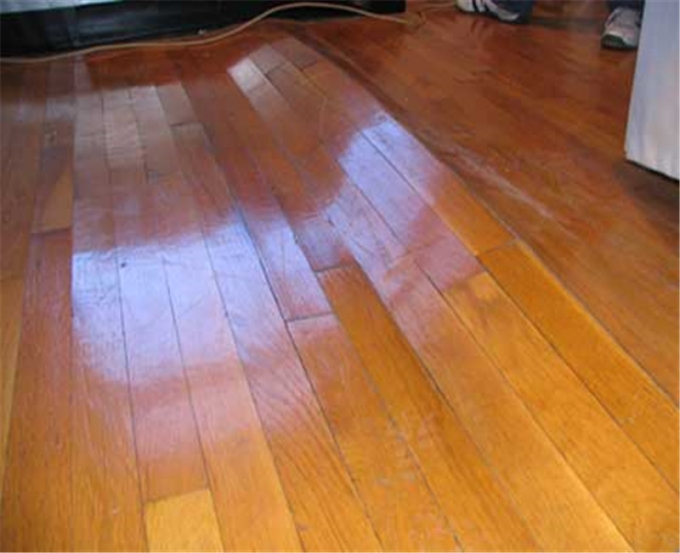
Problems How To Preventrepaired Flooring Buckling On Hardwood Flooring

Hardwood Floor Water Damage Problems Water Damage Restoration Flood Cleanup Certified Restoration Inc

Why Your Hardwood Floor May Be Buckling Rhodium Floors
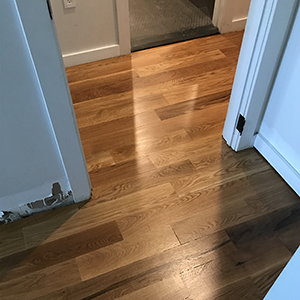
How To Repair Buckled Wood Floors - Hardwood Flooring Contractors - New Jersey New York City

Hardwood Floor Problems Heed The Warning Signs

Water-damaged Floor - 4 Tips To Help You Recover Builddirectlearning Center

Hardwood Floor Buckling Water Damage - Floor Techie
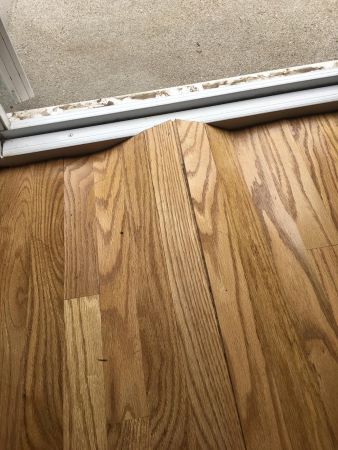
How To Fix Hardwood Floor Buckling Flooring-expertscom
Gls Engineering Testing - Cupping Hardwood Floors

What Is Peaking Buckling And Cupping In Wood Floors Builddirectlearning Center
Buckled Hardwood Floors - Job Analysis Why Fixes
Hardwood Floor Water Damage Cupping Repair
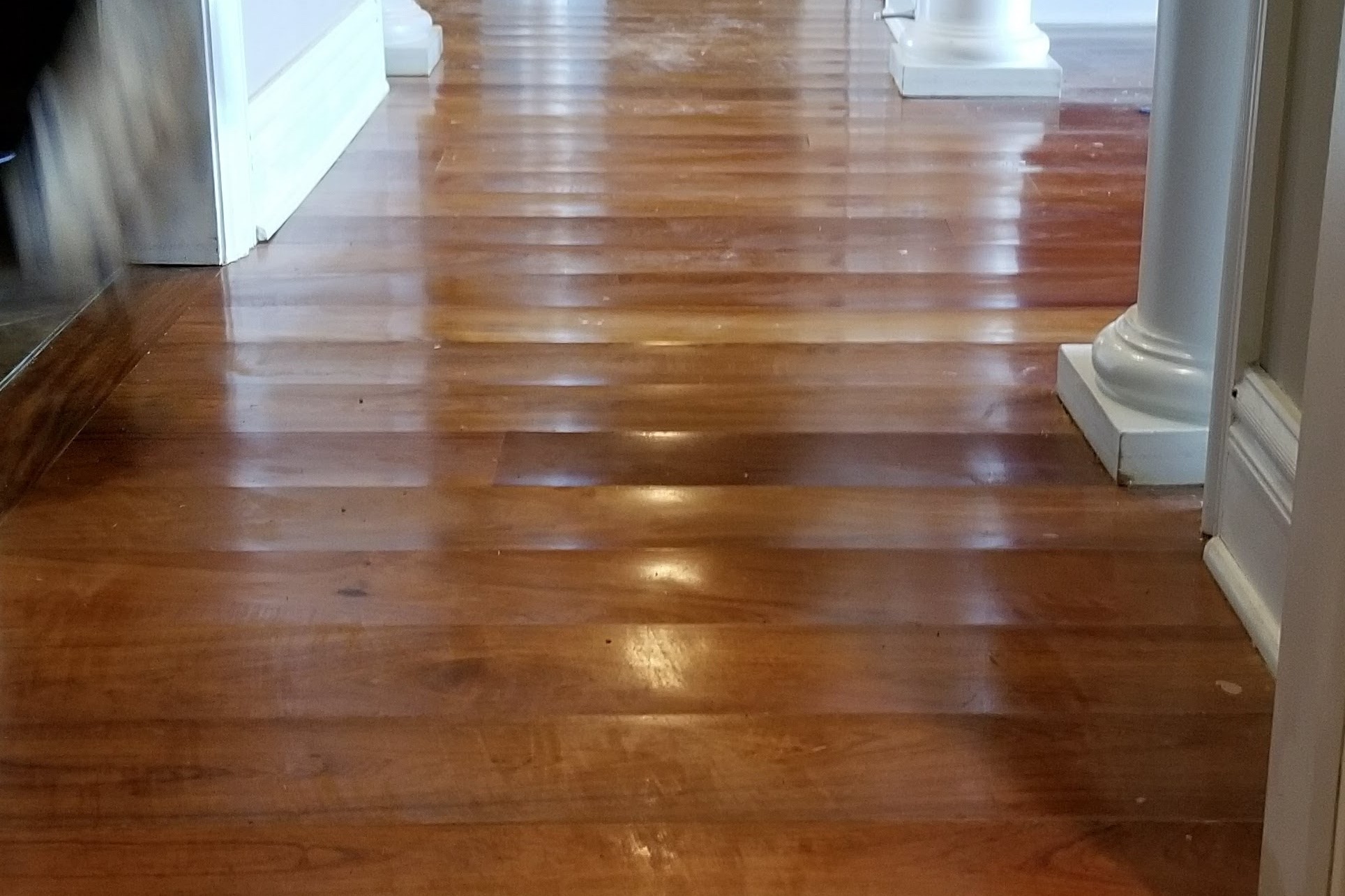
Why Floors Cup And How To Fix Them - Jeffco Flooring
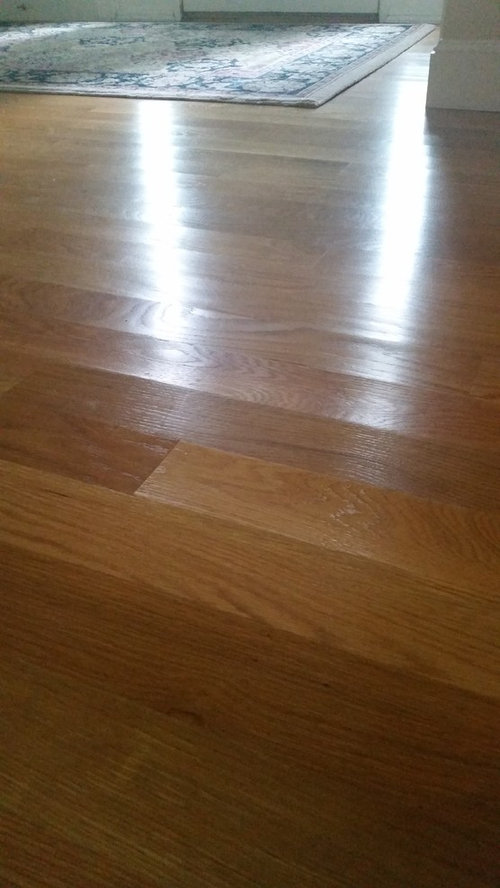
Cupped Hardwood Floors

6 Ways Humidity Can Affect Your Hardwood Floor - Lauzon Flooring

Why Is My Hardwood Floor Buckling Wall-2-wall Hardwoods Inc

How To Fix A Hardwood Floor Thats Warping From Water Damage - Floor Techie

Hardwood Floor Problems Heed The Warning Signs
